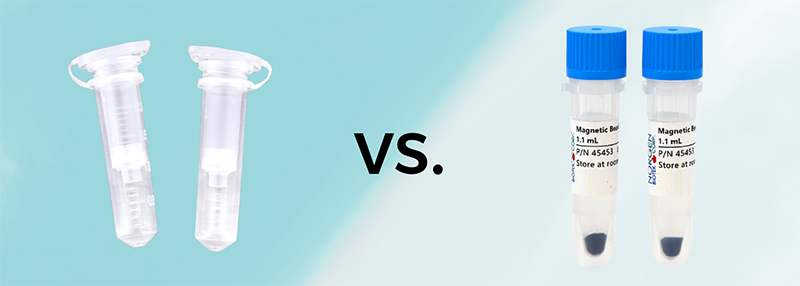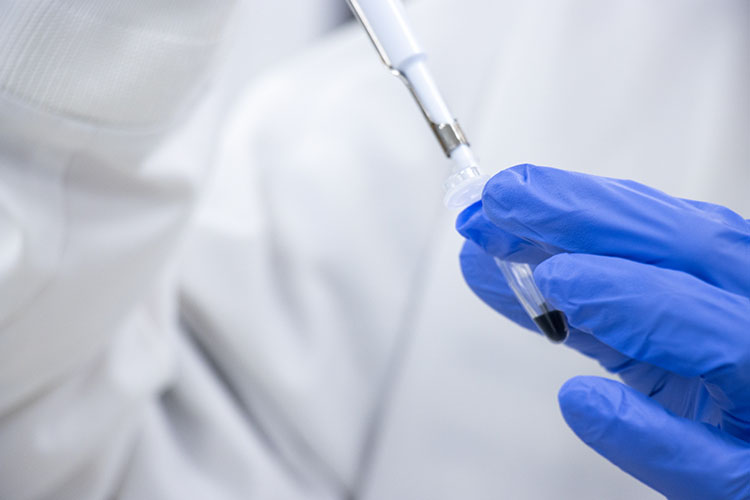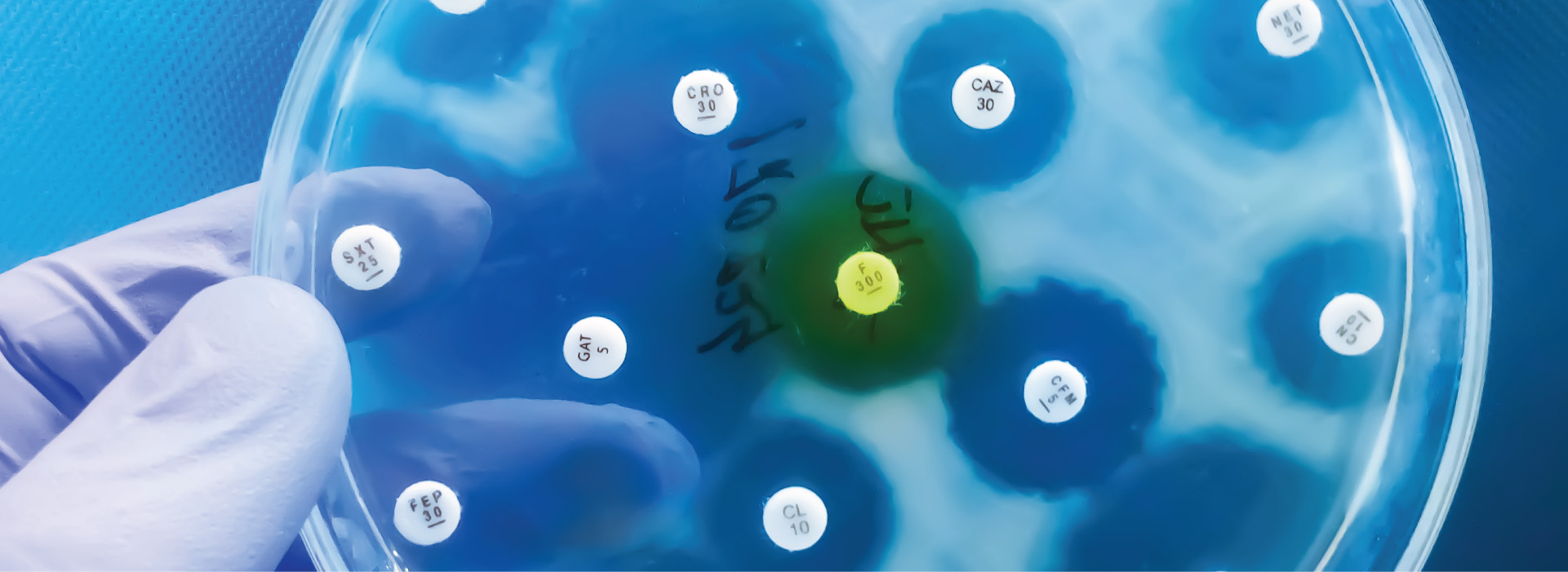Over the past few years, the need for rapid, sensitive molecular diagnostics has increased dramatically. The accuracy and reliability of molecular diagnostics are invaluable in the clinical diagnostic environment but also in fields such as agrigenomics, surveillance, research, and clinical trials.
Importance of Automation
With the increase in demand for molecular testing, many laboratories have investigated the idea of automation. Automation is analogous to having an additional pair of hands in the laboratory to help process samples while simultaneously shortening the turn-around time (TAT) from sample to result. In addition, automation is an effective tool that can be used to improve accuracy and reproducibility within the laboratory setting. Automation can be readily applied to molecular workflows, from applications as simple as plate setup to those as complex as Next Generation Sequencing (NGS) library preparation.
One of the most crucial steps in molecular testing is isolating high-quality DNA or RNA, which ultimately provides the foundation for all downstream applications. Nucleic acid extraction can be accomplished in many ways. The two most common techniques utilize spin column technology or magnetic beads to bind nucleic acid and wash away other cellular components.
This leads to the question: which is the better approach when it comes to automation?
Spin Column vs Magnetic Bead

In the context of automation, each technique offers benefits and drawbacks.
Want to hear more from Norgen?
Join over 10,000 scientists, bioinformaticians, and researchers who receive our exclusive deals, industry updates, and more, directly to their inbox.
For a limited time, subscribe and SAVE 10% on your next purchase!
SIGN UP
Firstly, spin column samples are generally processed using a centrifuge. This approach can be expensive and complicated to automate. However, instruments such as vacuum manifolds or positive pressure manifolds are a reliable and automation-friendly alternative. With these tools, liquids can be rapidly pulled or pushed through columns. The main benefit of this approach is that one can obtain high-quality DNA and RNA within a short processing time. The primary drawback is that the automation instruments for column-based methods are expensive.
Magnetic bead-based extraction kits have become very popular in recent years, primarily due to their simplicity and ease of use. Further, their streamlined, simple methodology is more easily automated than column-based approaches. An additional benefit is that the instruments required are generally more affordable. The primary drawback is that, depending on the method used, the processing time is often longer than column-based approaches. Furthermore, magnetic bead-based automation methods require additional optimization to achieve favourable yields.
At Norgen Biotek, we readily assist our customers with automation-friendly solutions for either magnetic bead or spin column methods. Furthermore, our unique Silicon Carbide technology offers several key advantages over traditional silica-based columns or magnetic beads. These benefits include:
- No bias towards GC content
- Higher Sensitivity
- Carrier RNA is not required
- No Phenol/Chloroform
- Lysis buffer inactivates viruses
Reach out to us at Norgen Biotek—the experts in sample preparation—to discuss how we can assist with your automated (or manual) sample preparation requirements.

Let’s discuss how we can assist with your sample preparation requirements.





